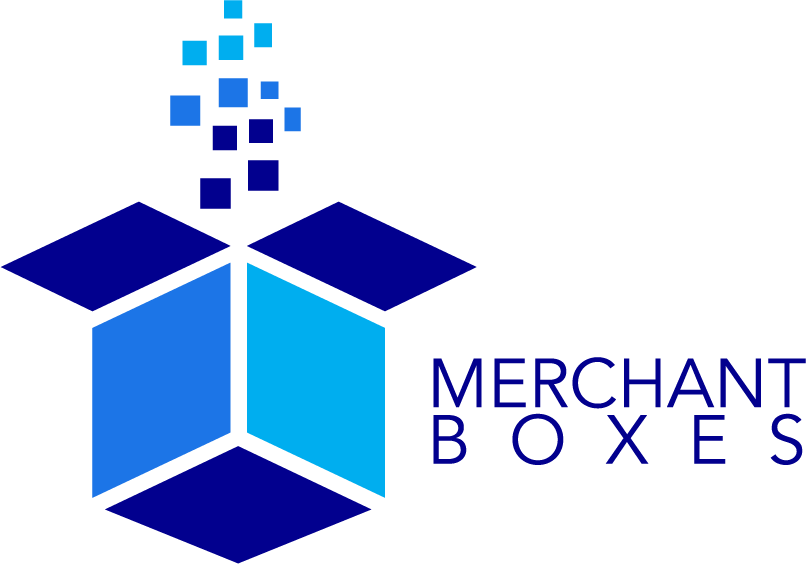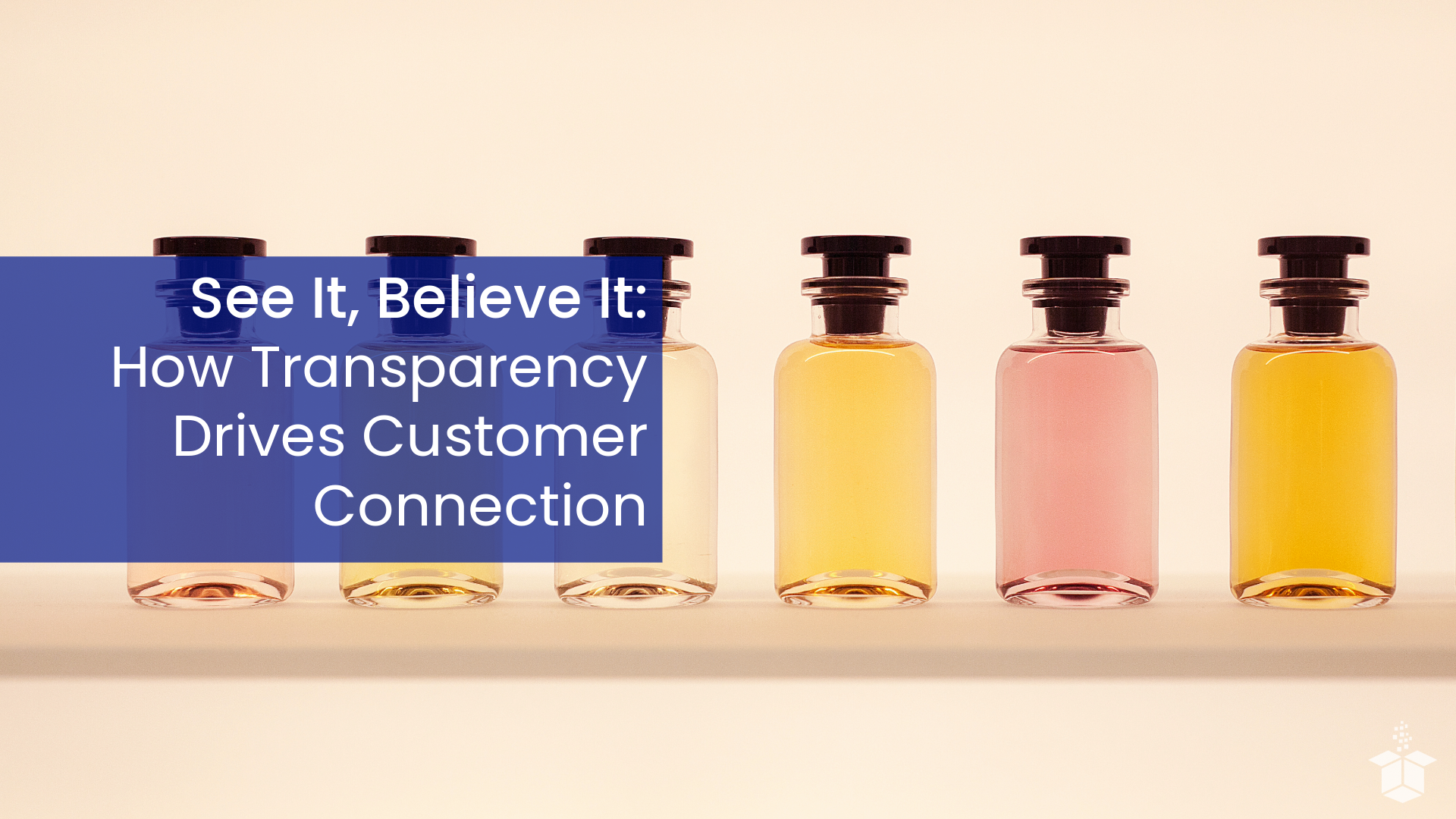See It, Believe It: How Transparency Drives Customer Connection
In a world where consumers demand more information and authenticity, transparency has become one of the most valuable qualities a brand can offer. In packaging and branding, transparency goes far beyond just the physical appearance of a product — it’s about building trust, setting clear expectations, and delivering on promises. Let’s talk about why transparency matters, how it can be implemented through packaging, and why it’s a game-changer for industries like cosmetics, food, and beyond.
The Three Dimensions of Transparency in Packaging
To fully understand the importance of transparency, let’s break it down into three key areas:
Transparency in Materials: What’s your packaging made of?
Transparent Materials: How and when should you show the product inside?
Transparency in Product Information: What’s really inside the product?
Each of these elements plays a role in shaping customer trust and elevating the overall brand experience.
1. Transparency in Materials: What’s Your Packaging Made Of?
As sustainability and ethical sourcing become key purchasing drivers, consumers increasingly want to know what their packaging is made from. Transparency in materials means being open about the sources, production processes, and environmental impact of packaging.
Why It Matters
Environmental Responsibility: Consumers want to support brands that minimize their environmental footprint.
Ethical Sourcing: Transparency shows a commitment to fair labor, fair trade, and responsible sourcing.
Consumer Education: Sharing the story behind your packaging materials helps customers make informed choices.
How to Implement It
Label Your Materials: Clearly indicate if your packaging is made from recycled, biodegradable, or plant-based materials.
Tell the Sustainability Story: Use packaging inserts, QR codes, or printed messages to explain why these materials were chosen.
Certifications and Standards: Highlight any third-party certifications like FSC, Fair Trade, or compostability ratings.
This also creates an opportunity for brands to work closely with custom packaging companies to select materials that align with their values. Whether it’s compostable mailers, FSC-certified paper, or seaweed-based packaging, sharing material transparency helps customers make informed decisions and feel good about their purchases.
2. Transparent Materials: See What’s Inside
Sometimes, transparency is literal — and it’s incredibly effective. Clear windows, frosted panels, and see-through containers let consumers get a glimpse of the product inside.
Why It Matters
Builds Trust: Seeing the product eliminates doubts about quality and appearance.
Enhances Visual Appeal: Transparency can add an aesthetic dimension, making the product itself part of the design.
Encourages Impulse Buys: In retail, visible products often attract more attention.
How to Use Transparent Materials Effectively
Clear Windows: Let customers see the product without opening the package.
Frosted or Tinted Panels: Add a hint of visibility while maintaining a premium look.
Partial Transparency: Combine solid and transparent elements for a balanced design.
In industries like cosmetics and food, this can build confidence and excitement. When customers can see the vibrant colors of fresh produce or the luxurious texture of a skincare product, it adds a layer of honesty and appeal.
That said, using transparent materials requires thoughtful design. It’s important to balance visibility with protection, ensuring the product remains safe from light, heat, or contamination. Custom packaging can help brands strike that balance, offering creative solutions like partially transparent boxes, recyclable plastic windows, or innovative biodegradable films.
3. Transparency in Product Information: What’s Really Inside?
Beyond the packaging itself, transparency in branding means being upfront about what’s in the product. This is especially critical in industries like cosmetics and food, where consumers care deeply about ingredients and sourcing.
Why It Matters
Health and Safety: Clear ingredient lists help customers avoid allergens or harmful substances.
Ethical Consumption: Customers want to know if products are organic, cruelty-free, or ethically sourced.
Informed Decisions: Transparency empowers consumers to choose products that align with their values.
How to Share Product Information Transparently
Clear Ingredient Lists: Avoid tiny print or vague terminology.
Highlight Key Features: Use packaging real estate to showcase ethical sourcing, sustainability, or unique product benefits.
Use QR Codes or NFC Tags: Offer instant access to deeper information like sourcing stories or product tutorials.
This kind of honesty resonates deeply with modern consumers, especially those who prioritize health, sustainability, and ethical consumption. QR codes and NFC tags can also play a role here, offering instant access to deeper information — like origin stories, ethical certifications, or usage tips — without cluttering the packaging.
The Bottom Line: Transparency Builds Loyalty
When brands embrace transparency in their packaging and branding, they’re not just sharing information — they’re building relationships. Customers trust brands that are open about their materials, show their products clearly, and disclose what’s inside without hesitation.
Benefits of Transparent Packaging
Stronger Brand Loyalty: Honest communication fosters trust and long-term connections.
Better Customer Experience: Clear expectations reduce confusion and increase satisfaction.
Positive Word of Mouth: Transparency often leads to glowing reviews and recommendations.
Custom packaging companies can help brands achieve this kind of transparency by helping them find and use innovative materials, creative design, and clear communication tools. In a competitive market, transparency isn’t just a nice-to-have — it’s essential.





